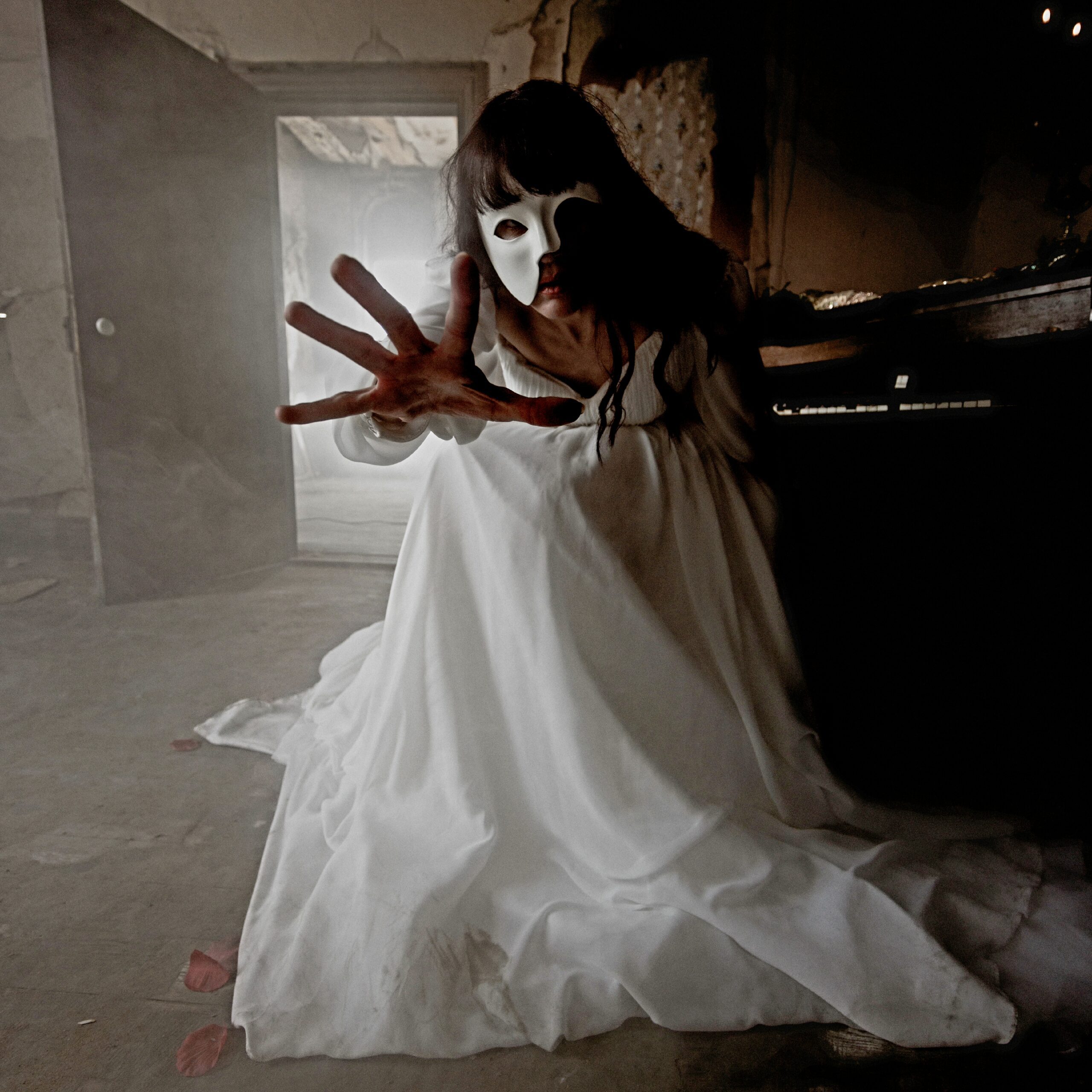It is “spooky season” and nobody can resist a good ghost story this time of year, especially one that recently caught the attention of a group of fashionistas. STAAR Theatre at Antoinette Hall is situated in a town square on the margins of Nashville in Pulaski, Tennessee, USA. Antoinette Hall is the oldest surviving opera house in Tennessee and one of the oldest in the United States…and also one of the most haunted.










